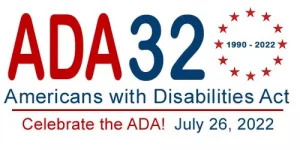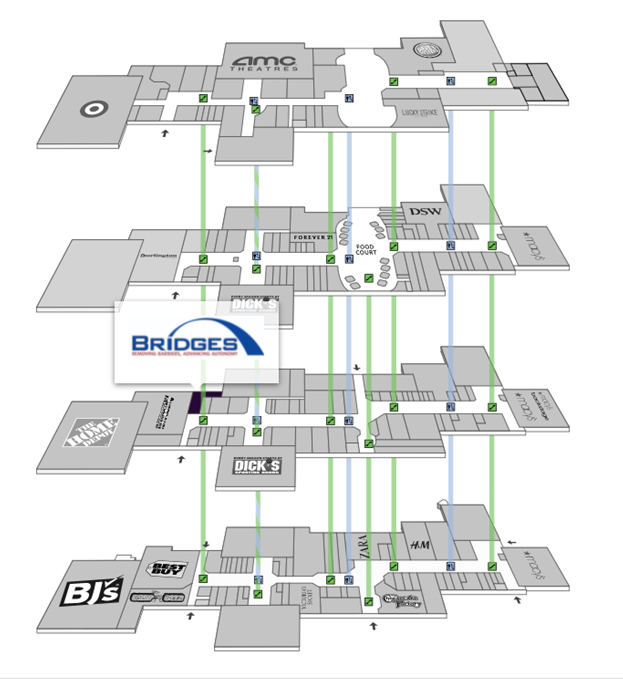July 26 is celebrated as National Disability Independence Day. On this day, we look back and celebrate the passage of a civil rights act that banned discrimination against people with disabilities.
Thirty-two years ago on July 26, 1990, President George H.W. Bush signed the Americans with Disabilities Act (the ADA). The ADA aims to ensure people with disabilities have equitable opportunities, rights, and access. It prohibits discrimination against people with disabilities in education, employment, transportation, public accommodations, communications, and access to government programs and services.
The Rehabilitation Act of 1973 laid the foundations for the 1990 ADA. That law required federally funded programs to be accessible to people with disabilities. In addition, Section 504 of the 1973 law prohibited discrimination based on disability by programs that receive federal money.
According to the Centers for Disease Control, approximately 1 in 4 Americans have some type of disability. This is a large segment of the population. People with disabilities have a right to access all the same things that those without disabilities can access.
The passage of the ADA helped to break down barriers for people with disabilities in communication and physical access to programs and services in our communities. It helped to promote equality and accessibility by enabling people with disabilities to have equal opportunities in all aspects of life. The ADA has helped make it possible for people with disabilities to achieve independence.
Though we have come a long way since the ADA was passed in 1990, we still have work to do. There is a difference between the letter of the law and the spirit of the law – how good things could be. There is a difference between doing the bare minimum of what’s required by law and doing things with full accessibility in mind.
A logical next step is to incorporate universal design in all aspects of life. Universal design benefits everyone, not only people with disabilities. Universal design is the design and composition of an environment so that it can be accessed, understood, and used to the greatest extent possible by all people regardless of their age, size, ability or disability.
This July 26, as we look back and celebrate National Disability Independence Day, let’s also look forward to a world that incorporates universal design in all aspects of life.

ADA32 celebrate ADA public trans arial 500×250 1




